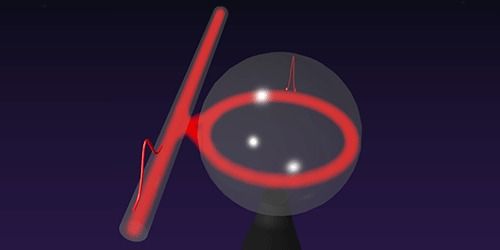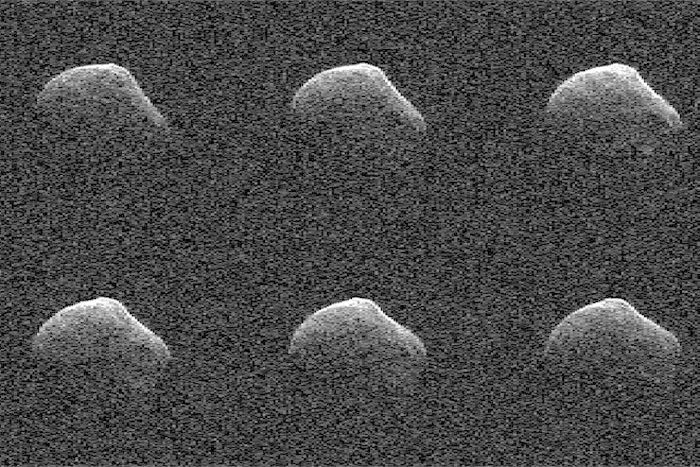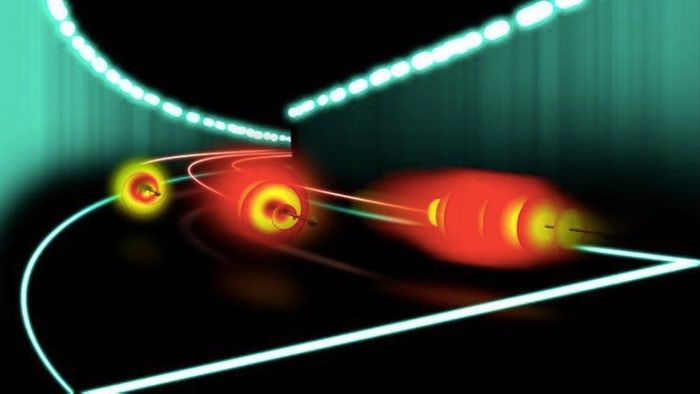Mar 29, 2016
Researchers Found a Way to Shrink a Supercomputer to the Size of a Laptop
Posted by Shailesh Prasad in categories: energy, nanotechnology, supercomputing
Scientists at the University of Lund in Sweden have found a way to use “biological motors” for parallel computing. The findings could mean vastly more powerful and energy efficient computers in a decade’s time.
Nanotechnologists at Lund University in Sweden have discovered a way to miniaturize the processing power that is found today only in the largest and most unwieldy of supercomputers. Their findings, which were published in the Proceedings of the National Academy of Sciences, point the way to a future when our laptops and other personal, handheld computing devices pack the computational heft of a Cray Titan or IBM Blue Gene/Q.
But the solution may be a little surprising.
Continue reading “Researchers Found a Way to Shrink a Supercomputer to the Size of a Laptop” »

















